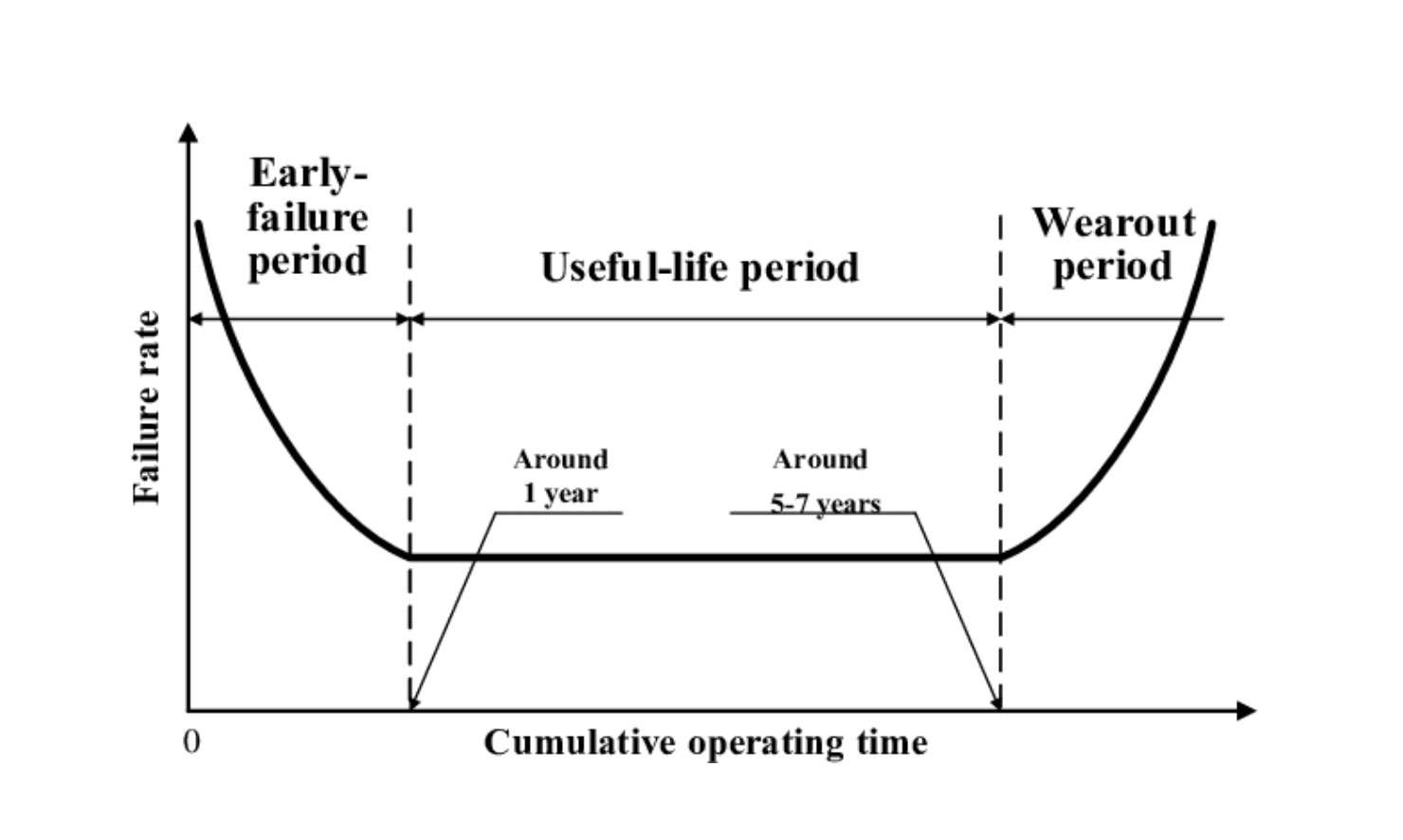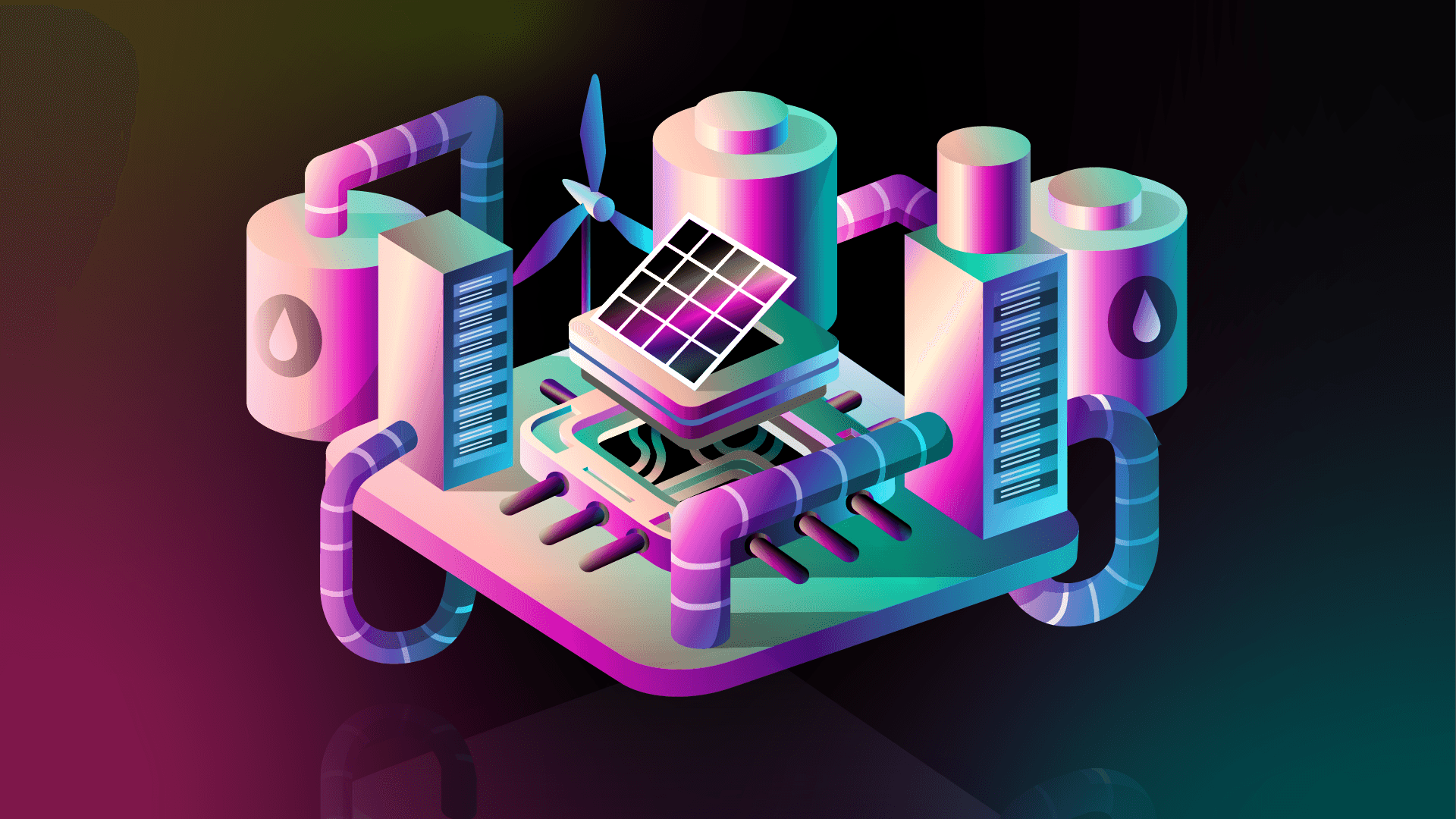
Why adopt Green IT, and how - webinar report
What is Green IT? Why does it matter today? And how can it make a difference in your organization? An expert panel replies...

Tech's rapid evolution has us perpetually chasing after the next new thing. We want the latest phone, computer, or gadget even when we don't need it. Or rather – even when our current one works just fine.
It’s not just consumers. This tech frenzy is just as prevalent in the B2B world. Offering the fastest, bleeding edge, state-of-the-art, next-gen technology is the go-to strategy for differentiating yourself from the competition; for signaling that you're ahead of the curve, a leading innovator and trailblazer.
In the wake of all this lies a trail of discarded tech that's either fully functional or can be easily refurbished to be such. Instead, its lifecycle is usually cut short, often ending up in landfills leaking toxic materials into the environment. And that's on top of the pollution its manufacturing has already caused – 90% of the carbon impact of a smartphone comes from its manufacture, and just 10% from its usage, according to BackMarket.
On average, Europeans upgrade their smartphones about once every three years. Extending this lifespan to four years could have a massive impact on reducing carbon emissions – it would be equivalent to taking 2 million cars off the roads, annually. That's like Ireland going car-free.
With the impact the digital sector has on the environment coming under increasing scrutiny, we need to learn to do more with less. And it's more pressing by the day – the digital sector already represents nearly 4% of all greenhouse gases, and its CO2 footprint could double by 2025 if nothing changes today. To make a difference, everybody needs to be mindful of their actions and be held accountable for their consequences.
Fortunately, progress is being made as people, businesses, and governments rally to promote and practice digital sobriety.
From national awareness-raising efforts, such as France's recent and humorous “Long life to objects” campaign, to increasingly popular Right to Repair initiatives sweeping Western countries (much to the merit of grassroots activism), there is a concerted effort in aligning policy, awareness, and action for maximum impact.
Simultaneously, refurbishing tech is now a fast-growing sector. A phone discarded as broken because of a cracked screen or an aging battery needs minor repairs to live on for a few more years. This has given rise to massive second-hand tech marketplaces such as Back Market and Swappie, among others, that are taking on the cause of giving a second life to what might otherwise become waste. And successfully, at that.
Cloud Service Providers (CSPs) are also looking to do their part to reduce the environmental impact of tech. Continuous demand for faster and more efficient hardware has produced an ecosystem where the average lifespan of a server is 3-4 years. At Scaleway, servers are made to last for up to 10 years, thereby minimizing the industry's environmental footprint.
CSPs must be among the torch-bearers in sustainable tech practices given the industry's impact on our planet. Data centers are responsible for around 1% of total global electricity use and can house anywhere from tens of thousands to millions of hard drives each. That's a lot of hardware under one roof.
Now, interestingly, the industry has been able to retain that 1% electricity use share over the years, despite massive growth in demand. This has happened on the back of more efficient hardware (and software) that can do more with less. But, these tech upgrades are like a consumer chasing after the latest iPhone – for years, the impact of discarding the old model was ignored by most CSPs.
This can't and won't continue – the convergence of a strong push towards sustainability and an acute chip crisis is making equipment reuse a no-brainer. In fact, Scaleway has already been beating that drum for a while, through the Transformers project, which looks to reuse around 14,000 servers this year. This will save 7200 tonnes of CO2 equivalent, or the same as 5000 Western European households’ annual electricity consumption.
Everyone's looking for ways to do their part in one way or another. For example, Hewlett Packard Enterprise, instead of reusing equipment in-house, opts to remarket it, with about 85-90% going back into circulation.
On the contrary. None of the above is to say that we should move away from new, more efficient hard drives. Unlike smartphones, the bulk of a hard drive's impact does come from its use, since it runs at (hopefully) full capacity around the clock.
To that end, better tech will be key to managing the environmental impact of the rapidly growing demand for cloud services. And with leading chip manufacturers like AMD focused on building extremely energy-efficient solutions, we'll be well-equipped to manage what's to come.
But it's nonetheless absolutely essential that we make the most of what we already have. After all, 15-30% of a server's footprint still comes from its manufacturing and it's unreasonable to throw it out if it's still got some life left in it.

When it comes to hard drives, we like to refer to the “bathtub effect” (above). If you need to store 1TB of data, you don’t care if it’s a new drive or a refurbished one, you need one that is not going to fail and that will store your data correctly. Just like the fact you don't need a new smartphone every year!
So, while Scaleway works closely with hardware developers to ensure that the new tech we employ is living up to ever higher efficiency standards, it also takes care of its existing resources. Both through targeted campaigns such as the aforementioned Transformers project, as well as through more general initiatives, i.e. the disk reuse Nursery, started back in 2019.
In the Nursery, all types of disks are tested, to super-strict requirements. About half pass, amounting to around 17,000 disks reused since the Nursery's inception 3 years ago. That's a saving of 528 tonnes of CO2 and €1.5 million that would have otherwise gone up in smoke.
When considering sustainability, the lifespan of the tech we use is finally gaining the attention it deserves. Spreading the word and backing it with concerted action will have a cumulative positive impact going forward as the industry continues to evolve. For this growth to be truly sustainable, it must be underpinned by digital sobriety at every level – individual, corporate and governmental.
Everyone must get involved. Time to look into how you can do your part!

What is Green IT? Why does it matter today? And how can it make a difference in your organization? An expert panel replies...

Why does Green IT matter? How can it be adopted, and why? A panel of experts, representing local and national authorities, entrepreneurs and engineers, discussed this essential topic at Scaleway HQ

Hosterra's Pierre Lannoy obtains 38% energy savings from Scaleway Elastic Metal servers, which he then lets out to his clients, for website, email and self-service PaaS. He explains how!